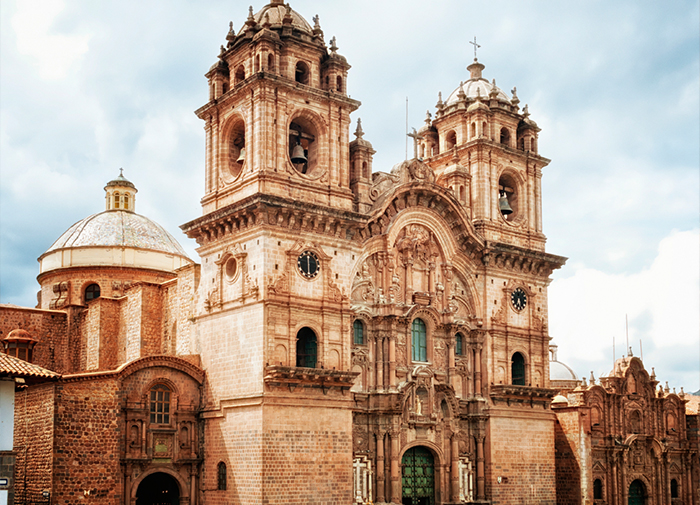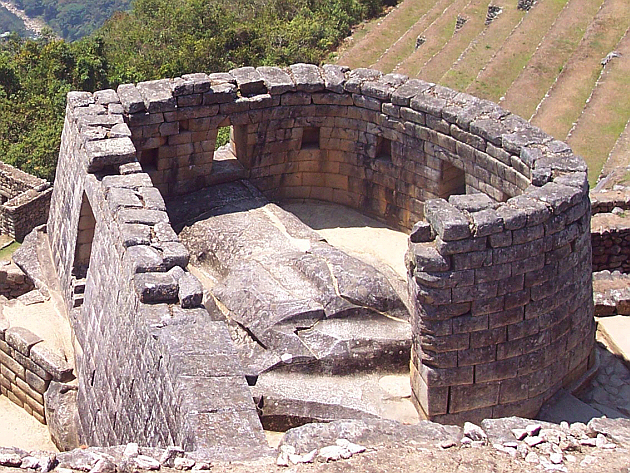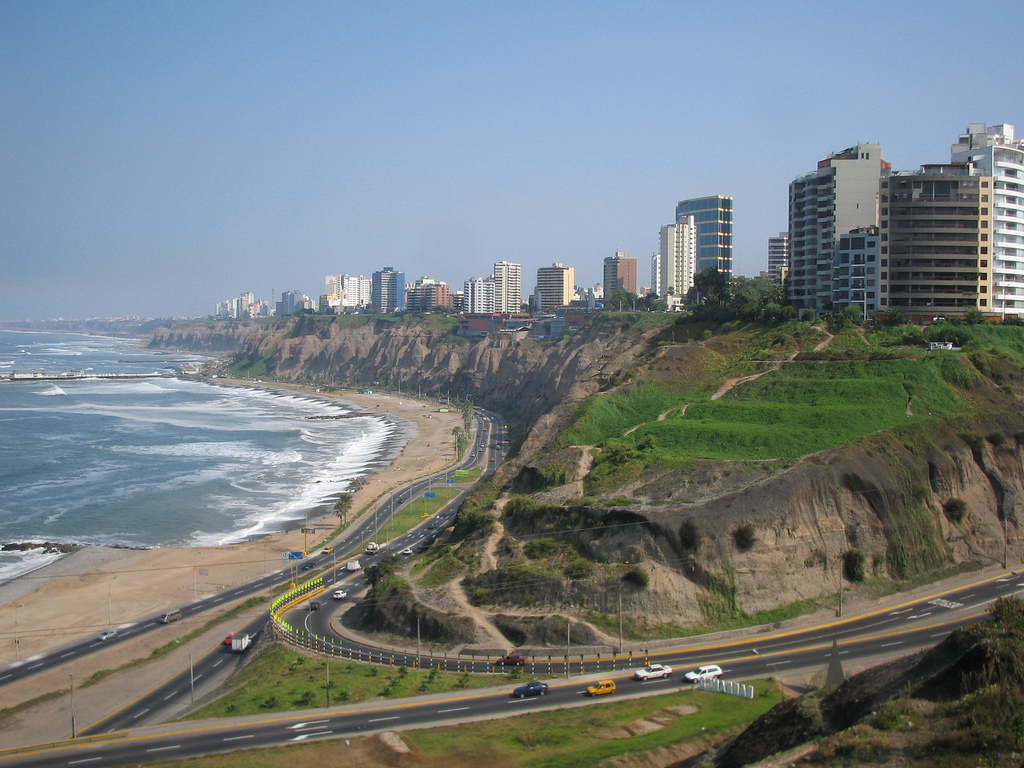Landmarks in Lima
By : Jasmine Gonzalez
Cathedral Of Lima
.jpg)
The Cathedral of Lima is located at the heart of Lima, Peru. It was completed in 1538 through the leadership of the Archbishop of Lima. The Cathedral of Lima was built for all those who were Roman Catholics in that area. Every part of the cathedral is very detailed and there are many beautiful carvings. Also there are many statues inside.
Museum of the Nation

The Museum of the Nation is one of the two major museums of Peruvian history in Lima. It's one of the largest museums in the Lima area. The museum half six levels and is consisted of thousands of important artifacts, sculptures, paintings, and much more.

The Museum of the Nation is one of the two major museums of Peruvian history in Lima. It's one of the largest museums in the Lima area. The museum half six levels and is consisted of thousands of important artifacts, sculptures, paintings, and much more.
Historic Centre Of Lima
It is located in the city centre and is a very popular tourist destination. The date of inscription was in 1988. Also the date of extension was in 1991. it was founded by the Spanish conqueror Francisco Pizarro in January 1535 on the territories led by the Chief of Rimac.



 \
\


.jpg)



